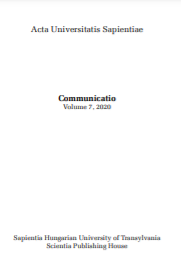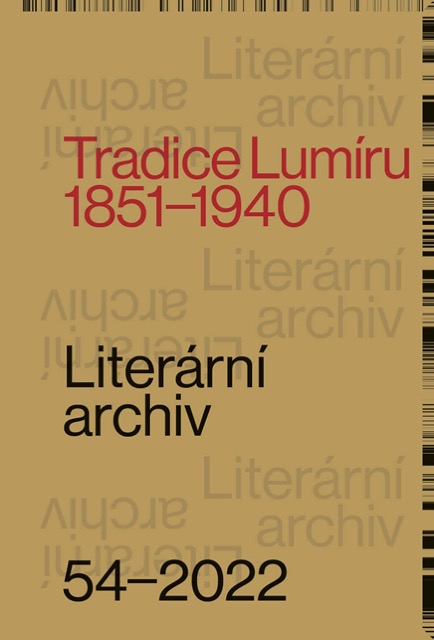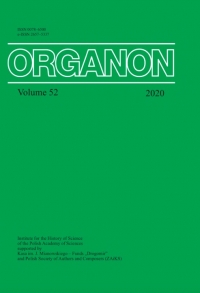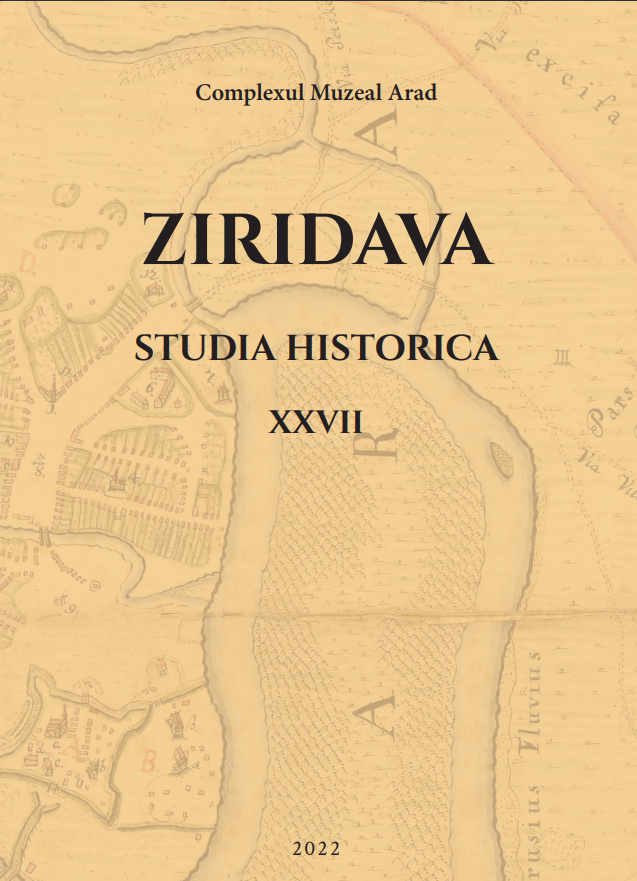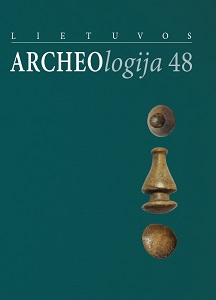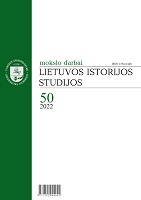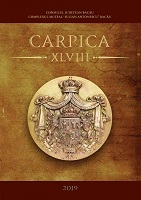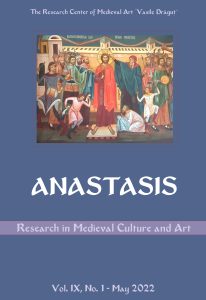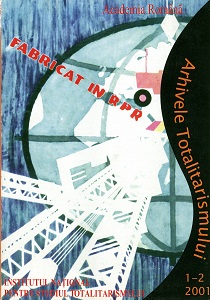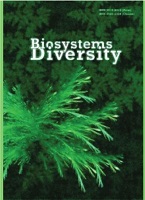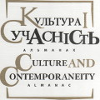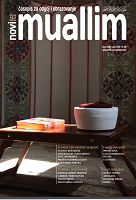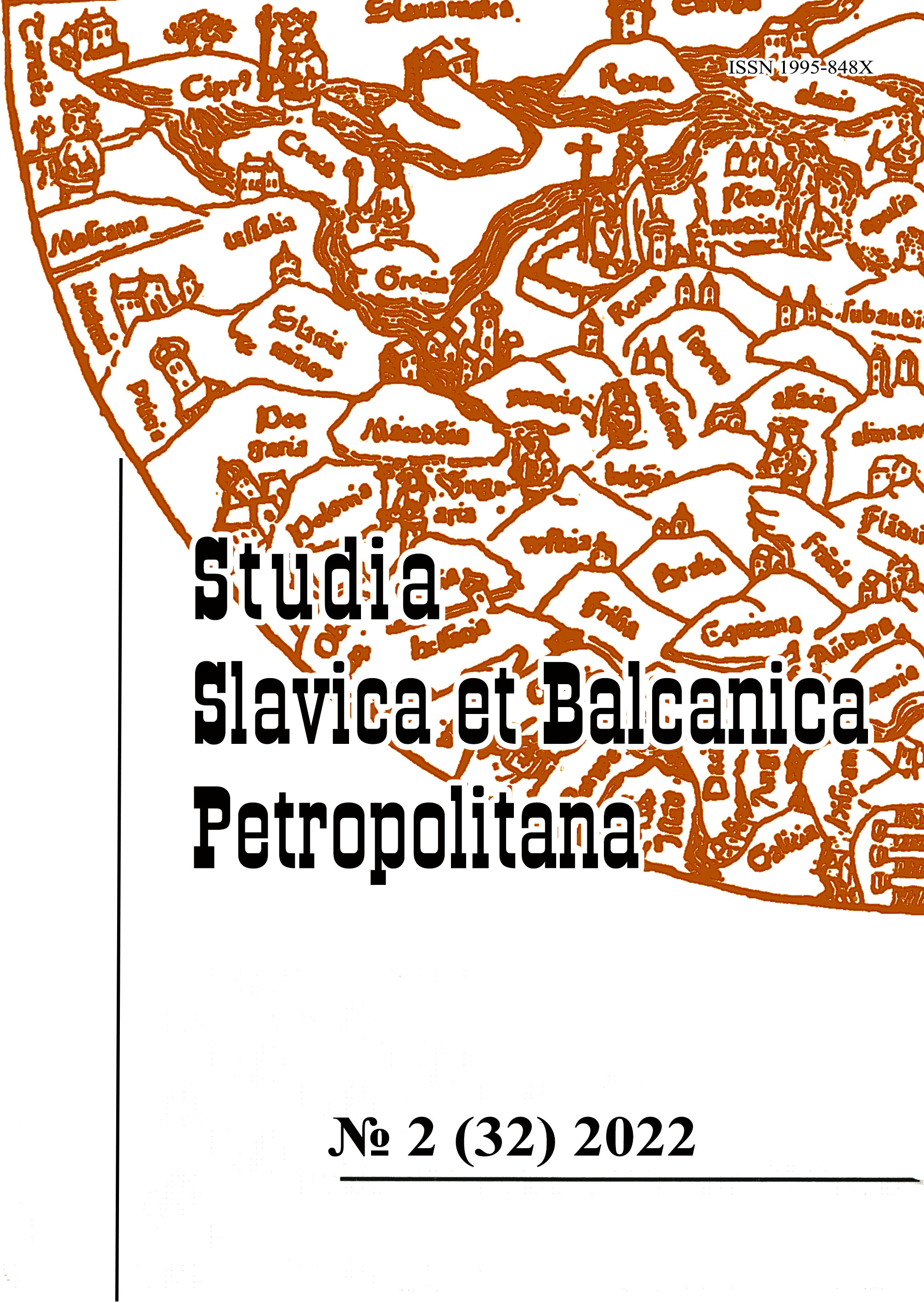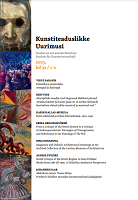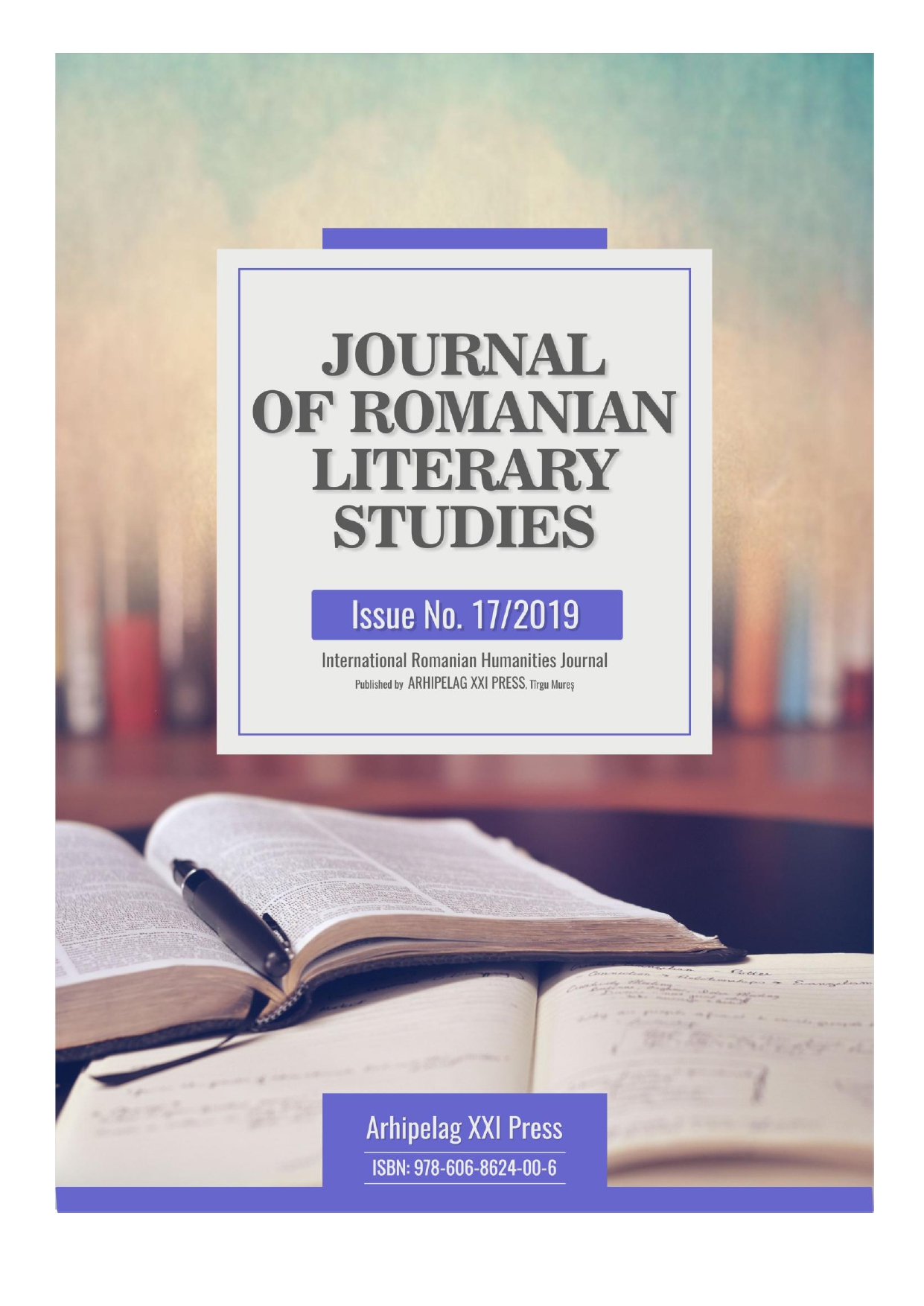Author(s): S. Rahim,A. F. Ambo,D. W. K. Baderan,M. S. Hamidun,M. H. Angio,E. E. Ariyanti,S. Sunardi / Language(s): English
Issue: 1/2023
The Bada Valley is one of the Lore Lindu Megalithic Cultural Heritage areas, which is one of the first four biosphere reserves in Indonesia. The Bada Valley area offers cultural attractions that combine with nature in the form of cultural landscapes such as handicrafts from bark, hilly landscapes that offer panoramic beauty, and preserve dozens of megalithic sites from prehistoric times as well as tourist cruising areas. The area is surrounded by densely forested mountains and forms one of the most important water catchment areas for the Watershed. However, there is a lack of studies on the vascular flora. No data on plant diversity has been reported, including plant inventory, plant identification, vegetation composition, and biodiversity analyses (diversity index, evenness index, and plant species richness index). The study aimed to determine the diversity index, evenness index, and plant species richness index in the Bada Valley cultural area, Poso Regency, Central Sulawesi. This study used an exploring technique with purposive sampling. Additional information was recorded in the form of the collector’s name, collection number, collection date, location, and habitus, which were recorded in the observation sheet that had been prepared. Identification of plants was carried out using the procedure for observing plant morphological characters, which included special features in each class and family or genus down to the species level. The results of the study found the vegetation composition for herbaceous strata (555 individuals), trees (91 individuals), shrubs (64 individuals), and vines (57 individuals). The diversity index value of each stratum is different for trees (H’=1.20), herbs (H’=1.92), shrubs (H’=1.32), and vines (H’=0.62). The diversity of plants in the Bada Valley in the tree, herb, and shrub strata was moderate (1.0 < H’ < 3.0), and the encroaching plant stratum had low diversity (H’
More...
